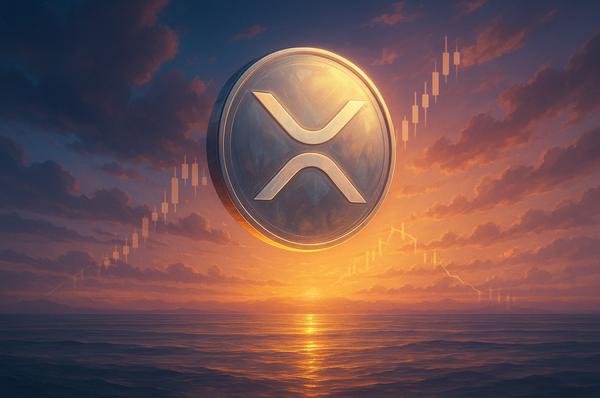TLDR
- Max Avery emphasized that the XRP Ledger is gaining traction through institutional adoption and real-world utility.
- The XRP Ledger is being increasingly used for issuing and trading tokenized assets across various financial sectors.
- Ripple is positioning the XRP Ledger as the core infrastructure for global financial digitization and asset tokenization.
- The network has been tested in multiple pilot programs involving central bank digital currencies and tokenized commodities.
- Avery stated that XRP Ledger adoption is already happening and is not a future concept.
The XRP Ledger (XRPL) is gaining momentum as experts highlight its growing role in institutional finance and tokenization. Max Avery, a recognized figure in the finance and crypto industry, has highlighted the XRPL’s current real-world traction. His remarks focus on growth through utility, separating XRP from assets driven only by market speculation.
XRP Ledger Gains Credibility Through Institutional Use
Max Avery emphasized that institutional adoption of the XRP Ledger adds real-world use and strengthens the network’s daily utility. He stated,
“Every time a new institution starts using the XRP Ledger, it adds volume, activity, and real-world use.”
This view reinforces how Ripple’s blockchain is transitioning from theory to measurable progress.
The XRP Ledger has demonstrated consistent growth in real-world use cases, particularly in tokenized assets and cross-border payment systems. As institutions explore blockchain, XRP Ledger’s tested infrastructure appeals to those needing compliance, speed, and scalability. This makes XRPL a reliable option for integrating blockchain into existing financial workflows.
For XRP holders, the upside’s obvious.
Every time a new institution starts using the XRP Ledger to issue or trade tokenized assets, it adds volume, activity, and real-world use
Ripple’s been focused on turning the XRPL into the plumbing for trillions in tokenized assets with…
— Max Avery (@realMaxAvery) October 11, 2025
Moreover, Avery noted that progress isn’t speculative; adoption is actively happening across sectors. These integrations increase volume and reinforce confidence in the technology. The XRPL’s reliability positions it as a bridge between legacy systems and decentralized finance.
Ripple’s Vision for Tokenization Infrastructure
Ripple continues to develop the XRP Ledger as infrastructure for institutional tokenization and financial digitization. Avery supported this by stating Ripple is building “the plumbing for trillions in tokenized assets,” highlighting the scope of the effort. This underscores Ripple’s intention to integrate the XRP Ledger at the core of future financial systems.
The XRP Ledger supports secure, scalable operations suitable for government-backed assets, such as central bank digital currencies and tokenized commodities. Its design meets institutional-grade requirements, making it ideal for large-scale financial applications. Ripple’s strategy focuses on readiness rather than experimentation.
This readiness sets XRPL apart from competing digital assets, which often lack tested real-world integrations. The XRP Ledger’s technical foundation offers consistent transaction speeds, low costs, and energy efficiency. This practical infrastructure supports growing demand from governments, banks, and financial firms.
Market Perception Still Lags Behind Progress
Despite the XRP Ledger’s growing utility, many still view XRP through a speculative lens rather than as financial infrastructure. Avery addressed this by stating that adoption is already happening, not in the distant future. The XRPL’s development is visible, yet often underreported in broader market discussions.
Ripple’s pilot programs and expanding partnerships reflect tangible movement toward integrating XRPL into institutional finance. These efforts validate Avery’s claim that XRPL is no longer an experiment, but a fully functional system. As adoption increases, the XRPL’s relevance continues to rise.
Institutional usage has expanded into areas such as tokenized real estate and commodity markets. Each new implementation reinforces XRPL’s role in connecting traditional finance with blockchain systems. The XRP Ledger stands as a strong candidate for future financial transformation.






